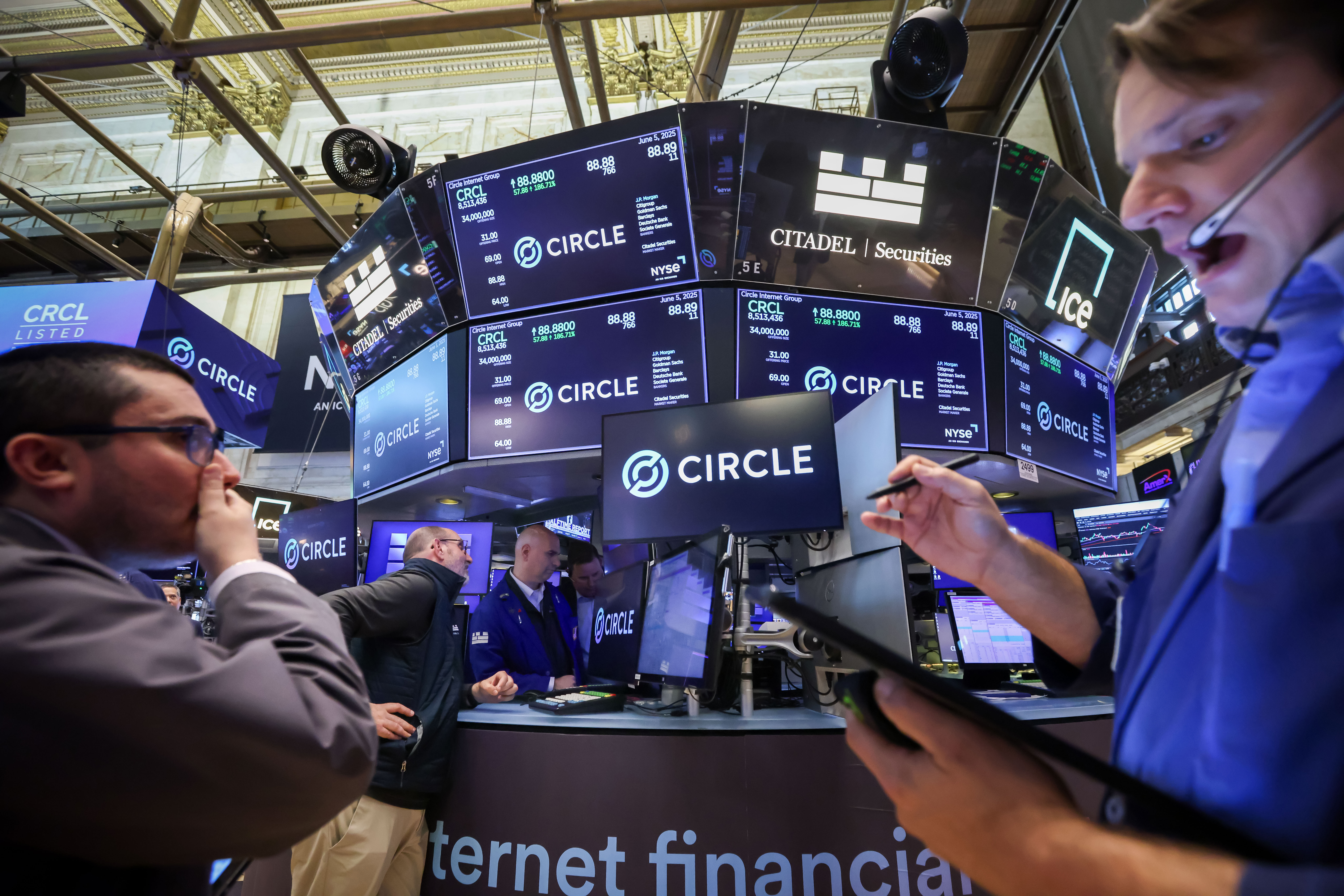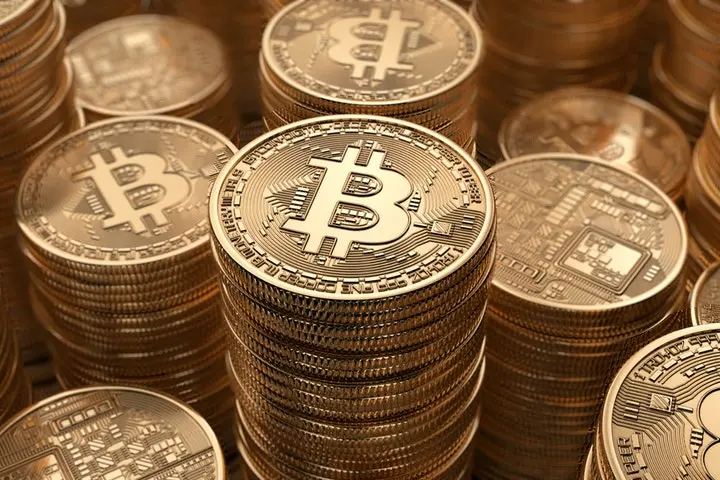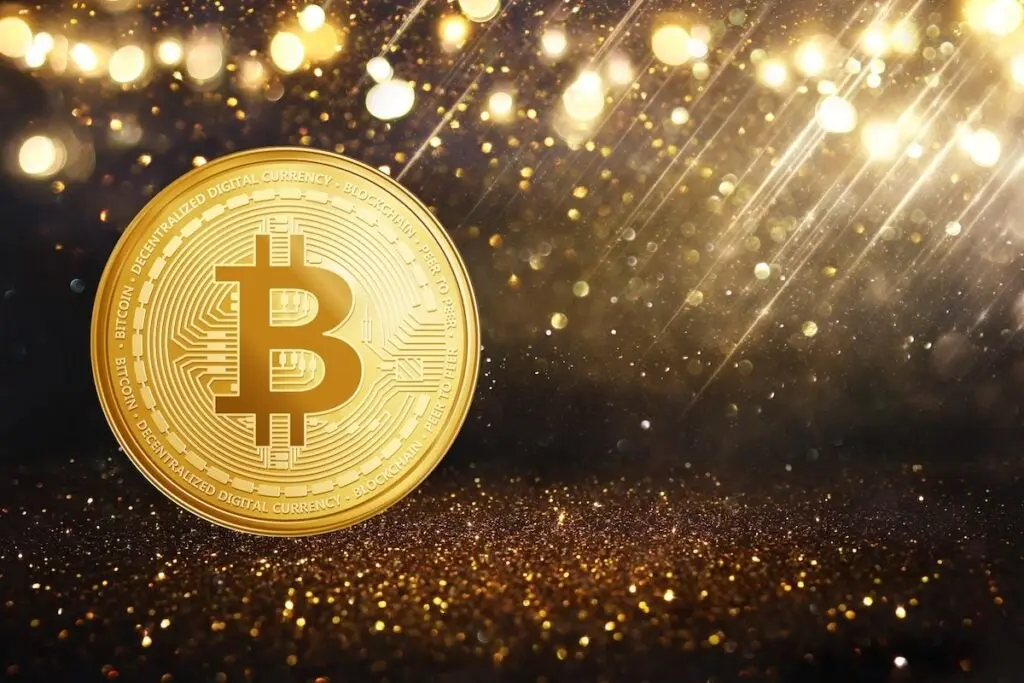Surge in Circle Internet Group Shares: The Implications of U.S. Stablecoins
Circle Internet Group's stocks soar amid stablecoin optimism. Discover the future prospects and potential risks of this newly IPO company.
Page views: 2

Circle Internet Group has recently experienced a significant rise in its share prices, fueled by a wave of optimism surrounding U.S. stablecoins. Investors and market-watchers are keen to understand the potential upside for this newly publicly traded company. The remarkable rally began on the company's first trading day, with shares more than doubling from the initial public offering price of $31. By June 5, the stock continued its upward trajectory, gaining an additional 9.6% to close at $263.45.
Circle, the company behind USDC—the second-largest stablecoin by market share—has been a primary beneficiary of the positive sentiment around stablecoin regulations. The company stands out as one of the few publicly traded firms with stablecoin-linked assets. However, its continued growth will largely depend on the broader adoption of this new technology. Mid-June saw a landmark development as the Senate passed legislation to regulate U.S. dollar-pegged cryptocurrencies, marking a significant win for the crypto industry and President Donald Trump, whose affiliated stablecoin with World Liberty Financial already holds a market value of approximately $2 billion. Meanwhile, the House is pursuing its own set of regulations.
Other companies are also capitalizing on the stablecoin trend. Fiserv, a financial tech company, witnessed a 4.4% rise in shares after announcing plans to launch its own stablecoin platform in collaboration with Circle and Paxos. Mastercard also revealed its partnership with Fiserv to integrate stablecoin into its products and services. Retail giants like Walmart and Amazon.com are exploring the issuance of their own stablecoins, putting pressure on traditional payment companies such as Visa.
Despite the recent momentum, the future of Circle hinges on the acceptance and widespread use of stablecoins as a payment method. Jefferies analyst Trevor Williams expressed skepticism, noting that the current card-based system is convenient, secure, and rewards-rich, leaving little incentive for consumers to shift to stablecoins like USDC.
Circle's success isn't without risks. The company's low free float—only 25% compared to the S&P 500's average of 95%—could contribute to volatility and dramatic price swings. Additionally, the high price-to-earnings ratio of nearly 180 suggests that Circle's shares are expensive compared to the broader market, which trades at about 22 times forward earnings. Gilgamesh Ventures' founding partner Miguel Armaza cautioned that Circle's high valuation can only be justified if the company significantly boosts its net margins and earnings.
Nevertheless, there are promising signs for the stablecoin market's continued growth. Circle plans to launch a payments network to facilitate cross-border transactions in stablecoins. Shopify has also announced it will offer USDC payments to merchants and customers worldwide. With bipartisan support and new legislation likely to boost demand, Circle is well-positioned to capitalize on this momentum. According to Strahinja Savic, head of data and analytics at FRNT Financial, this alignment of market forces is translating into impressive performance for Circle.
In summary, while Circle Internet Group is riding high on the stablecoin wave, its future success will depend on broader market acceptance and its ability to navigate potential regulatory and macroeconomic challenges.
Published on: June 26, 2025, 2:02 pm



